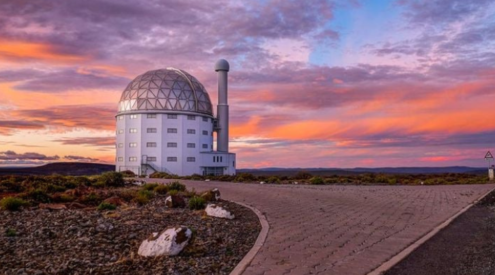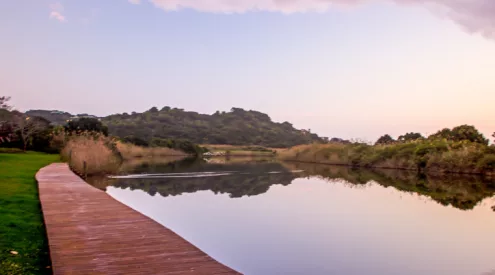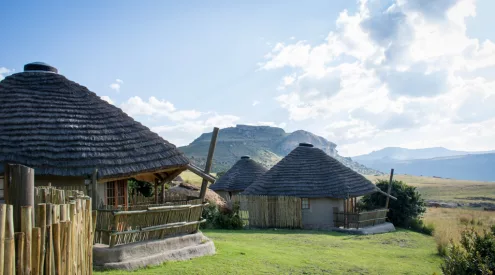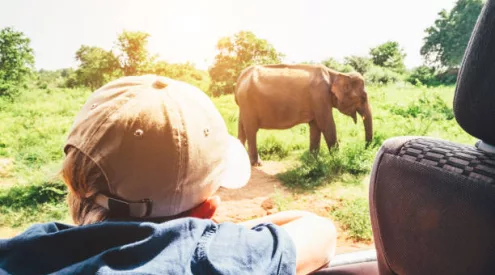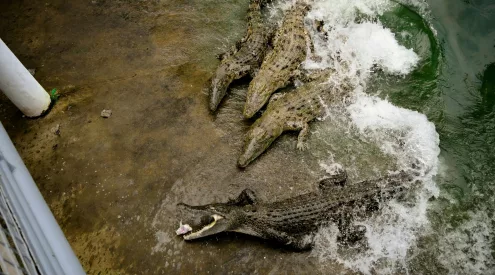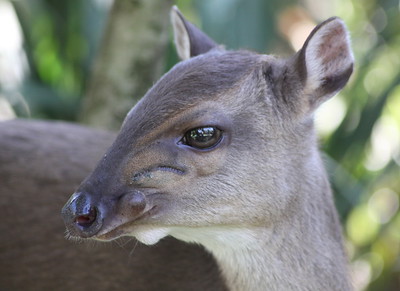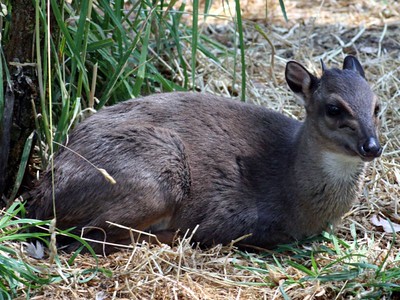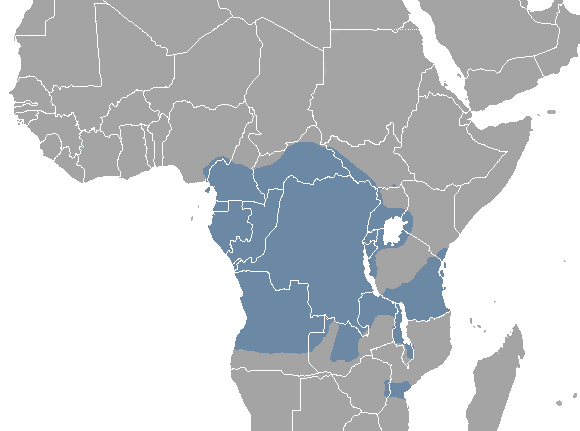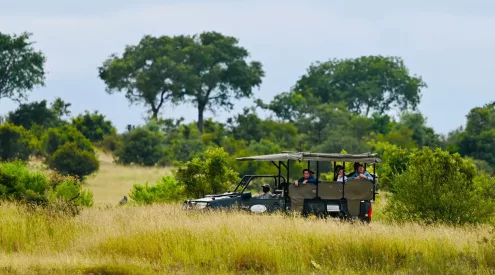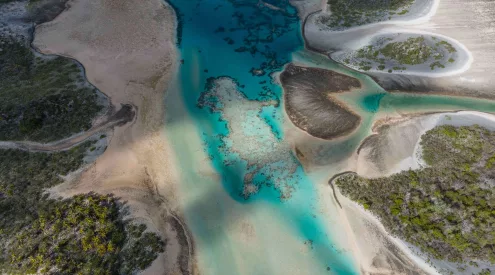The smallest of all duikers, the blue duiker is a shy and cautious little animal not often spotted in the wild. While they are mostly found in central and west Africa, in South Africa we are lucky to have a small coastal population where these tiny antelope survive.
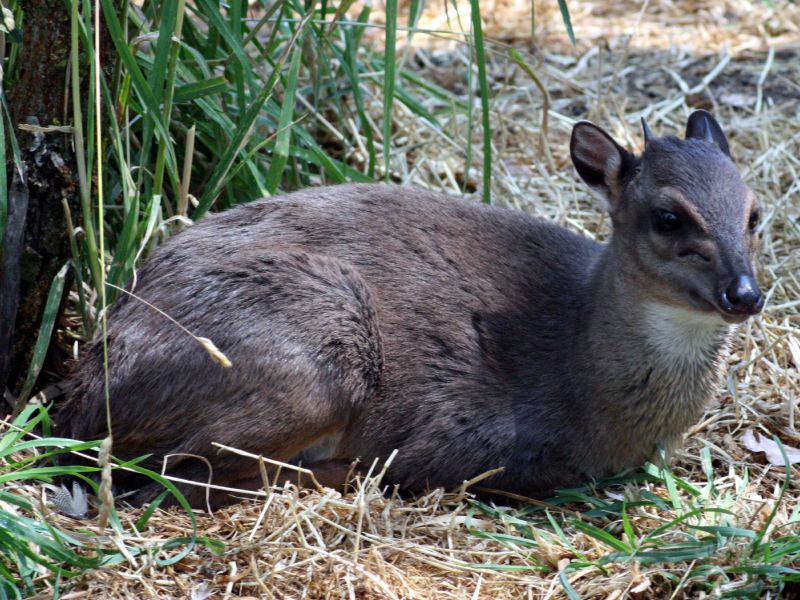
Credit: Jean via Flickr
In South Africa, they are found along the coast and inland from the Umfolozi River System in KwaZulu-Natal through the Eastern Cape coast, to as far as the Garden Route. Blue duikers used to be found in the Hluhluwe–iMfolozi and Mkhuze areas, but seem to no longer inhabit those regions.
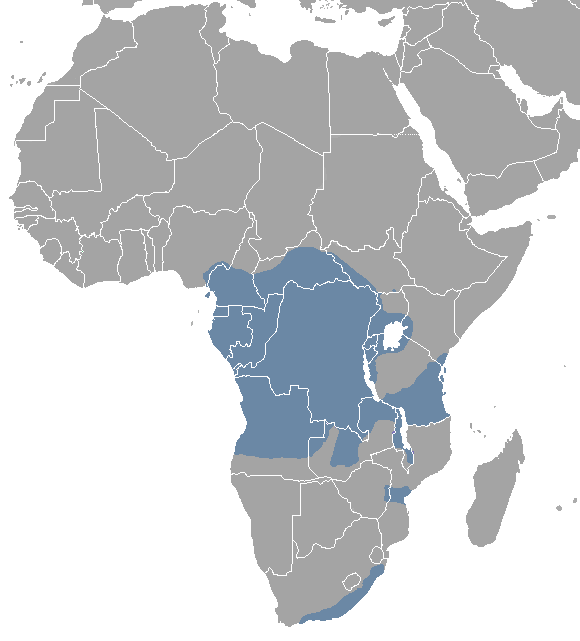
Blue duiker distribution map
Because they are so secretive, it is difficult to estimate their population size although it is known that they are threatened by bushmeat poaching.
They get their name from their colouration, as their coats appear almost blue in the shady habitats they are found in. The word “duiker” comes from the Afrikaans word meaning ‘diver’, which is exactly what these antelope do when threatened or alarmed, diving into the closest bush or thicket.
Among the smallest antelope in Africa, they have an average height of only 320-410mm. Both male and female blue duikers weigh under 5kg, but the female is usually slightly bigger than the male. Unlike many other antelope species, both male and female blue duikers can have a set of small horns, although they are sometimes absent in females (see image below). When looking to identify a blue duiker, look for the telltale glandular slit beneath the eyes, which looks almost like a scar.
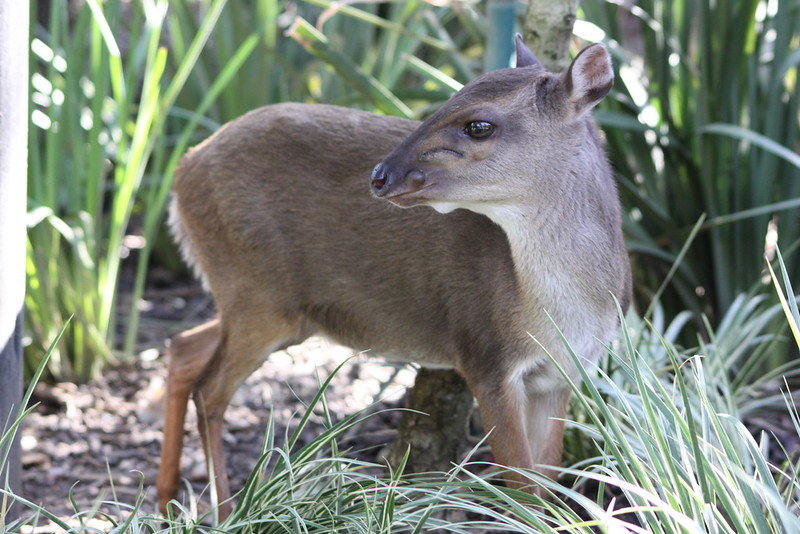
Credit: Derek Keats
Blue duikers are mostly active at dawn and dusk, spending the afternoon resting and ruminating. They are monogamous, and the pair will defend their territory, (usually around 3ha) together. They feed mostly on plants, coexisting well with birds and primates like Samango monkeys and baboons as they enjoy feeding on fallen fruits and leaves.
ALSO READ


